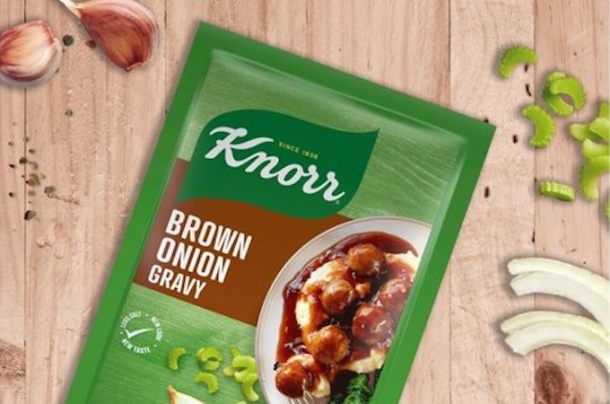Pricing competition threatens generics
In the past decade, generic competition allowed millions of patients access to medicines for key therapeutic areas, however the sustainability of the industry could be threatened by policies that exclusively focus on reducing prices thereby increasing the risk of medicine shortages.
Cost-cutting measures such as ad-hoc price cuts, external reference pricing, tendering and increased pressure from medical aids have all driven the price of generic medicines to untenably low levels, says Erik Roos, CEO of generics firm, Pharma Dynamics.
“This could force manufacturers and suppliers of generic medicines to withdraw from the market, thus hampering the supply of medicines. At issue isn’t the competition which exist between multiple generic competitors entering the market, which naturally drives down the cost of medicines, but rather when legislators overspend on newer, higher priced innovative medicines and then - in an effort to balance the budget - try to further cut the cost of generic products.
Boils down to cost
“Winning government tenders often boils down to cost, which forces suppliers of generic medication to push their prices as low as they can. This not only puts their business at risk, but the well-being of patients too, since they are then often reliant on a single manufacturer for a market, which is why we are seeing an increase in supply issues of essential medication, not only in South Africa, but all over the world. Globally we are witnessing medicine shortages as healthcare budgets continue to come under strain, primarily due to growing and ageing populations, an increased disease burden, especially with regards to non-communicable diseases (NCDs) and the introduction of new, high priced innovative medicines.
“South Africa’s population has grown exponentially to 57-million in 2018 compared to 49-million 10 years ago. This represents a population growth of almost a million a year. As the population grows and ages, the need for medicine increases, while healthcare budgets and margins tighten evermore,” says Roos.
Countries such as Romania and Portugal have implemented extreme policies by applying clawbacks (retrieving money, typically by taxation) once product sales reach a certain level, resulting in thousands of pharmaceutical products being withdrawn from the market.
According to the Stop Stockouts Project (SSP) – a civil society coalition that monitors medicine shortages in South Africa’s public health facilities, among the worst affected drugs are antiretrovirals (ARVs) and TB treatments – upon which millions of patients rely. The North-West province has been battling dwindling supplies of ARVs and other essential medication since March this year.
The large pharmaceutical wholesalers in the country also confirmed a shortage of certain vaccines, while some blood products or biologics have also been out of stock for some time.
Regulatory changes
Roos says regulatory changes can also have a huge impact on the supply of medicines.
“Every change to a product or process must be detailed to and accepted by regulators. Regulatory demands vary, and as a result, costs have increased substantially over the last few years, even though the price of most generic products hasn’t. These changes might be negligible for originators, but for marginally profitable generics, the impact is significant.
“Regulatory amendments can include a change in how a certain class of product should be named in submissions right through to changes in the dosage of a product. The former can cause a delay of six months or longer in the launch of a pharmaceutical product and result in huge losses for the company. The latter could require all products with the same active pharmaceutical ingredient (API) to be removed from pharmacy shelves until the relevant changes to insert leaflets and packaging have been made, also causing a delay of several months.
“Policymakers also don’t realise the extent to which pharmaceutical manufacturing (globally) has been consolidating over the last few years in order to remain profitable. Many of the big generic companies have announced closures of manufacturing facilities resulting in fewer plants producing a single product.
Evergreening patents
“Addressing the unique challenges that generic pharmaceutical companies face is a priority and an important discussion that must take place between regulators, medical aids, consumers, manufacturers and suppliers.
“To further squeeze generic companies on the cost of already relatively inexpensive products isn’t worth the risk of widespread shortages. Instead, proactive steps should be taken by government to make it easier for generic companies to get products to the market quicker, especially following the expiry of an original brand’s 20-year patent term. This can only be achieved by reviewing SA’s patent law, as currently it continues to protect and extend the monopolies of originator companies by allowing them to extend the period of exclusivity for no further advancement in the molecule. This practice is known as ‘evergreening of patents’ and keeps medicine prices high.
“Enabling more generic competition not only helps to reduce medicine prices, but allows greater access and improved public health. I don’t know of any other industry that can offer a product at half the price as it was the day before. Generics have the ability to reduce the cost of medicine by up to 80% and play a vital role in the healthcare mix,” says Roos.
News Category
- International retailers
- On the move
- Awards and achievements
- Legislation
- Wine and liquor
- Africa
- Going green
- Supplier news
- Research tools
- Retailer trading results
- Supply chain
- Innovation and technology
- Economic factors
- Crime and security
- Store Openings
- Marketing and Promotions
- Social Responsibility
- Brand Press Office
Related Articles

Warning of Eskom collapse

Knorr recalls brown onion gravy sachets

Eskom CEO shares good news about load-shedding

Tax warning for South African businesses


